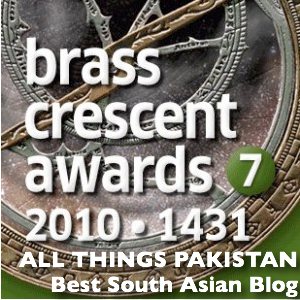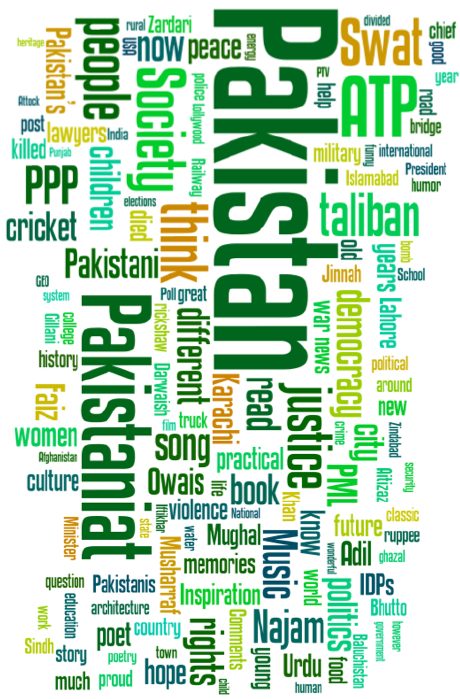Adil Najam

I had a tough time trying to decided which of Jawad Zakariya’s photographs to feature here today. I decided on this one because of the comments that were posted on this picture at Flcikr. The picture itself is of the Badshahi Mosque in Lahore, with Ranjit Singh’s Samadhi on the left, both reflected in some rain water.
I think it is a terrific picture, but many of the commentators on Flickr thought that, photographically, it would have been better if he had focused only on the mosque and removed Ranjit Singh’s Samadhi from the frame. As a photograph, it may well have been (and, in fact, he does have one of those too). But as social commentary, it would have lost its meaning. The beauty of this picture is that it so eloquently highlights something that many of us–even those of us who are from Lahore–can miss all too often: the multi-religious and religiously diverse history of Lahore.
Sitting side-by-side, these two pieces of architecture–the most glorious mosque built by the mighty Mughals and the mausoleum of Lahore’s greatest Sikh ruler–encapsulate the essence of Lahore as the multi-religious, multi-cultural metropolis that it was. Here is a captivating reminder of the social milieu in which Muslims and Islam–particularly in Lahore–developed in an earlier generation.
Jawad Zakariya is one amongst many of an amazingly talented generation of Pakistani photographers displaying their work on Flickr.com. His photographs have this ‘picture-perfect’ postcard quality to them (and not just because of the border he uses). In fact, the masthead displayed on ATP this first week of July is also from one of his photographs.
Originally uploaded by jzakariya on Flickr.com as ‘Shahi Reflection‘.


















































[…] Singh was the governor of Kashmir and NWFP at the time, representing Maharaja Ranjit Singh who sat in Lahore. He was a clever and ruthless administrator. His forces under the command […]
On the matter of historical facts, should this be written as Lahore’s greatest Sikh ruler or the greatest Sikh ruler of Lahore?
Ranjit Singh hailed from Gujranwala.
It is great injustice to compare the Badshahi Mosque with the Samadhi of Ranjit Singh. From a pure architectural standpoint, by size and beauty alone, Ranjit Singh’s tiny Samadhi does not stand in front of the Badshahi Mosque. Secondly, from an architectural context alone, it is a crime to construct a building, which is out of context, next to a monument of architectural and historical significance. Ranjit Singh’s Samadhi is an encroachment built bang in the centre of the Roshnai gate, thereby destroying the entrance to Hazuri Bagh. Could it not have been built anywhere else in Lahore. It’s like constructing a building on the front gate of the Louvre or the Taj Mahal.
Also, the damage to Lahore’s Mughal architecture by the Sikhs is a historical fact even recognized by the British. It was the British who first noted that the inlaid Jewels of Lahore Fort were taken away, indeed, stolen by the Sikhs and placed in the Golden Temple in Amritsar. It is also a fact that Ranjit Singh’s Army used the courtyard of the Badshahi Mosque as stables for its horses and placed canons on the four minarets of the Mosque from which they used to do canon practice on the Lahore Fort. It was Ranjit Singh who dismantled the Baradari from nearby Jehangir’s Tomb in Shahdara (cracking it in the process) and placing it in the middle of Hazuri Bagh where he used to hold his court.
Facts are facts.